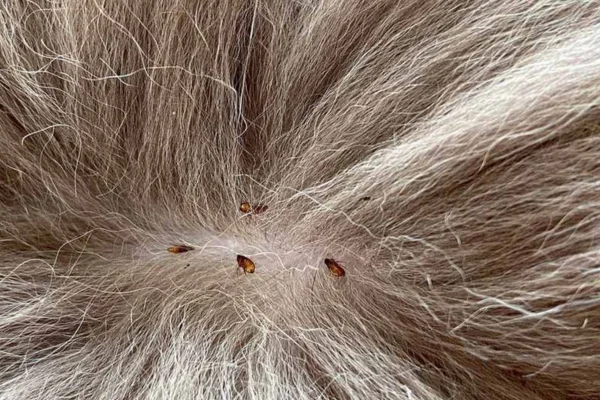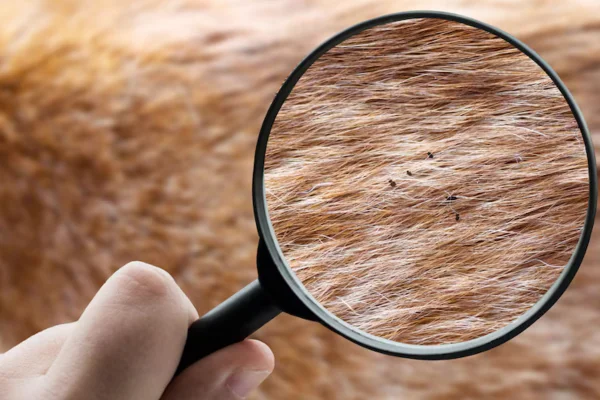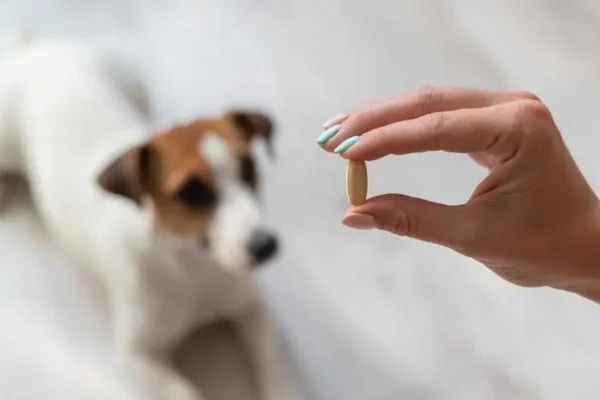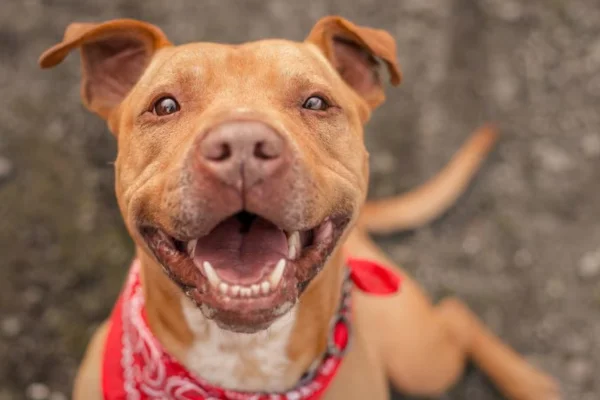How to get rid of flea eggs in dogs:
A Complete Guide to Protecting Your Pet
How to get rid of flea eggs in dogs - Fleas are one of the most common problems faced by dog owners. As well as causing itching and discomfort, these parasites can transmit diseases and generate infestations that seem impossible to control.
However, the big challenge goes beyond eliminating adult fleas: you have to deal with flea eggs, which are a crucial part of the life cycle of these insects.
In this article, we'll understand how to deal with flea eggs in dogs and what the best strategies are to get rid of this problem effectively.
Contents
Understanding the Flea Life Cycle
Before we dive into strategies for combating flea eggs, it's important to understand how the life cycle of these parasites works. An adult flea lays around 20 to 50 eggs a day, which fall off the dog's body and spread throughout the environment. These eggs, which are tiny and almost invisible, can be found in carpets, beds, sofas and anywhere the dog has access.
Under ideal conditions, the eggs hatch into larvae between two and 12 days. The larvae then turn into pupae and then into adult fleas ready to re-infest your pet. This cycle can last from two weeks to several months, depending on temperature and humidity conditions. This is precisely why it is so difficult to get rid of an infestation: even if the adult fleas are eliminated, the eggs are still present, ready to give rise to a new generation of parasites.

Why is it so hard to control flea eggs?
Flea eggs are extremely hardy. They can lie dormant for weeks or even months, waiting for the right moment to hatch. What's more, as they are very small and don't adhere to the animal's fur, they are easily spread around the house. This makes removing the eggs a challenging task, requiring both treatment of the dog and the environment.
How to Identify the Presence of Flea Eggs
Although flea eggs are difficult to detect with the naked eye, some signs can indicate their presence. If your dog is scratching excessively or you find adult fleas in their fur, there's a good chance that the eggs are already spread around the house. Carpets and areas where the dog usually lies down are the main places where eggs accumulate.
Strategies for Eliminating Flea Eggs
Now that we understand the seriousness of the problem, let's explore the best ways to eliminate flea eggs from both your dog and the environment. It's important to approach the problem in an integrated manner, treating the pet and the environment simultaneously.
1. treatment of the dog
The first step in combating flea eggs is to treat your dog properly. This includes the use of specific products that not only eliminate adult fleas, but also act on the eggs and larvae. There are several options available:
- Topical flea and tick tablets: Products such as flea pipettes, sprays and tablets are highly effective in controlling fleas. Some of these products are long-acting, interrupting the flea life cycle by preventing the eggs from hatching.
- Anti-flea shampoos: Specific flea shampoos can help eliminate the parasites on your dog's coat. However, these products are usually temporary, and you need to combine their use with other measures to ensure complete control.
- Flea combs: Although not the most effective method for eliminating eggs, the use of flea combs can help remove adult fleas and some eggs from the animal's coat. It's a complementary but useful technique, especially in mild infestations.
2. Cleaning and Treatment of the Environment
To prevent new flea eggs from hatching, it is essential to focus on cleaning the environment where your dog lives. This includes both the inside of the house and outside areas such as yards and gardens. Here are some important tips:
- Frequent aspiration: Vacuuming the house regularly, especially carpets, sofas, beds and other places where the dog spends a lot of time, helps to remove flea eggs before they hatch. It is recommended to vacuum at least twice a week. Make sure you dispose of the vacuum cleaner bag in a safe place to prevent fleas from surviving and returning to the environment.
- Washing the dog's bed and items: Wash the bed, blankets, toys and other items your dog uses frequently. Use hot water, as this helps to kill both the eggs and the larvae. Repeat the process weekly to ensure that no eggs survive.
- Specific products for the environment: There are sprays and nebulizers for controlling fleas in the environment. These products target eggs, larvae and adult fleas, interrupting the life cycle of the parasites. They are especially useful in hard-to-reach places, such as crevices and corners of furniture.
3. Control in External Areas
If your dog spends a lot of time outdoors, areas such as lawns and gardens can also become hotbeds of infestation. In these areas, the application of specific flea insecticides may be necessary. In addition, always keep the yard clean, removing dry leaves and debris where the eggs hatch more easily.
Prevention: The best strategy against flea eggs
As with any infestation, prevention is the key to keeping your dog and your home free of fleas. In addition to treatments and cleaning, some preventative practices can be adopted:
- Regular use of anti-flea medication: Maintaining the use of flea products throughout the year is one of the most effective ways of preventing infestations. Even in winter, when fleas are less active, it's important to continue treatment.
- Visits to the vet: See your vet regularly to assess your dog's health and receive advice on the best flea treatment for him. Each dog has different needs, and a professional can recommend the most appropriate treatment.
- Regular Inspections: Check your dog's coat frequently, especially in areas where fleas like to hide, such as at the base of the tail, behind the ears and between the toes. The sooner you identify an infestation, the quicker you can act.

What not to do to control flea eggs
Although it's tempting to resort to home remedies to get rid of flea eggs, not all options are safe or effective. Some common practices that should be avoided include:
- Toxic or irritating products: Some owners use substances such as vinegar, coconut oil or even household cleaning products in an attempt to kill flea eggs. However, these products can irritate the dog's skin or be ineffective in fighting the parasites.
- Use of Human Products: Flea products intended for humans, such as shampoos or sprays, are not safe for dogs. They can cause adverse reactions and are not formulated to deal with the flea life cycle in animals.
Final considerations
Eliminating flea eggs on dogs is a process that requires patience and an integrated approach. It's not enough to focus only on adult fleas; it's essential to interrupt the parasites' life cycle by eliminating the eggs and larvae as well. With the right cleaning practices, the use of appropriate products and a well-established prevention routine, you can keep your dog and its environment free of these unwanted pests.
Protecting your pet from fleas goes beyond ensuring their comfort and well-being; it's also a matter of health. So follow the tips shared here and, whenever necessary, consult a veterinarian for personalized advice and to keep your best friend healthy and happy.
Thanks for stopping by, check out our other work too
https://vettopbr.com/tosse-em-caes/
https://cuidar.petlove.com.br/







